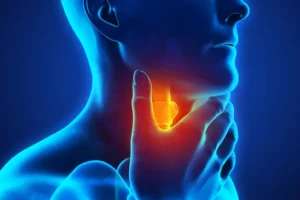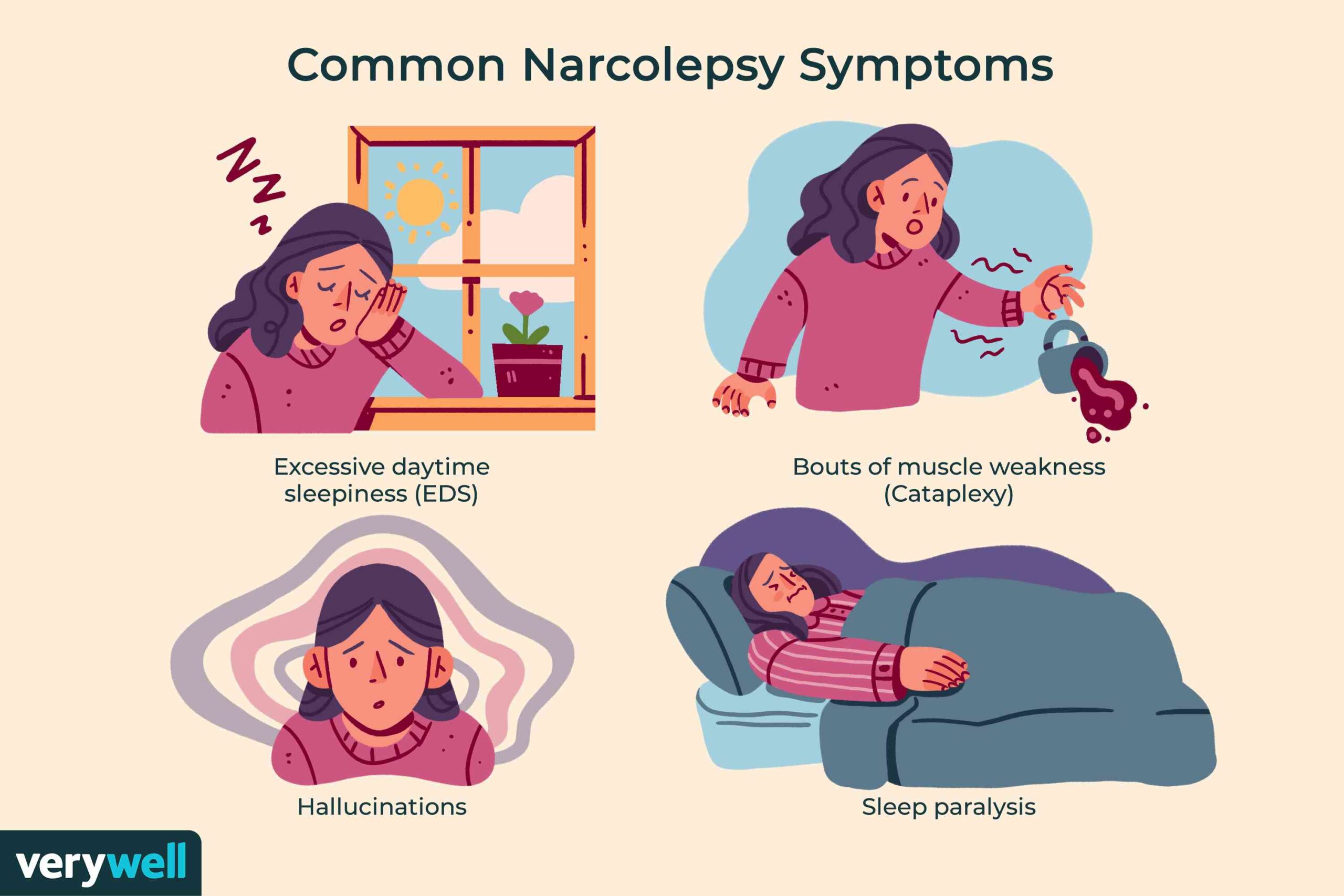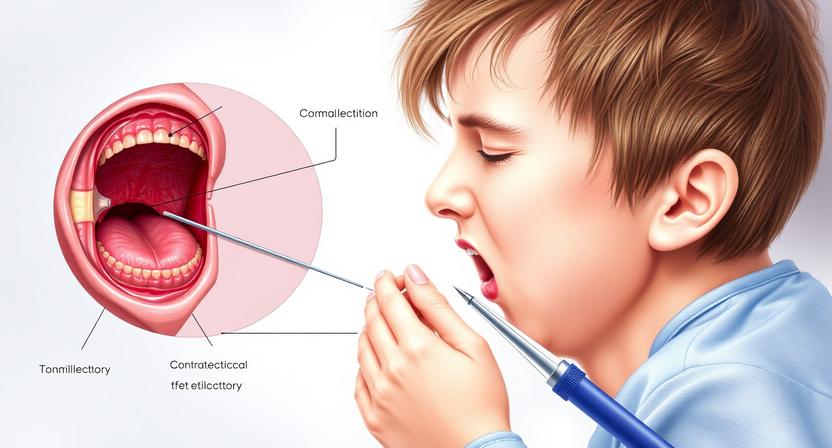Change in Voice: Causes, Investigations, and Management


Change in voice, medically termed dysphonia, can significantly impact one’s communication abilities and quality of life. Whether sudden or gradual, identifying the underlying causes, conducting appropriate investigations, and implementing effective management strategies are crucial steps in addressing this issue.
In this case final opinion is given by ENT specialist doctor .
First he will do Direct laryngoscopy to visualise the vocal cords ,vallecula, pyriform fossa, infraglottic part ,upper respiratory tract airway.
If there is acute viral laryngitis the it usually responds to antibiotics in few days .
If there are vocal nodules or vocal polyps then they require Microlaryngeal surgery .
If there is functional problem like puperphonia , then speech therapy is required .
In case of CA Vocal cords .Laryngectomy with neck dissection with SOS Chemotherapy /radiotherapy may be required .
So on and so forth .
Any patient with change in voice problem requires online consultation or actual consultation with ENT specialist doctor , then he may click on the link of clinic website given below-
www.entspecialistinnashik.com
Prabha ENT (Ear,Nose,Throat) clinic, Dr Sagar Rajkuwar( MS-ENT) is open for patient consultation from 11 am to 6 pm.
Adress -Prabha ENT clinic, plot no 345 ,Saigram colony ,opposite Indoline furniture, Ambad link road ,Ambad , 1 km from Pathardi phata ,Nashik ,422010 ,Maharashtra India .
For appointment -Contact no-7387590194 ,9892596635 .
Causes of Change in Voice
- Laryngitis: Inflammation of the vocal cords due to infections (viral, bacterial) or vocal strain.
- Vocal Cord Nodules/Polyps: Non-cancerous growths on the vocal cords, often caused by vocal abuse or misuse.
- Acid Reflux: Stomach acid irritating the vocal cords, leading to chronic hoarseness.
- Neurological Conditions: Such as Parkinson’s disease or stroke affecting the nerves controlling the voice box.
- Trauma or Injury: Direct injury to the neck or vocal cords from accidents or surgeries.
Investigations
- Laryngoscopy: Visual examination of the vocal cords using a flexible or rigid scope.
- Imaging Studies: Such as CT scans or MRIs to assess structural abnormalities.
- Voice Assessment: Through acoustic analysis and subjective evaluations by speech-language pathologists.
- Laboratory Tests: To rule out infections or systemic diseases contributing to dysphonia.
Management Strategies
- Rest and Vocal Hygiene: Avoiding excessive voice use and staying hydrated.
- Speech Therapy: Techniques to improve vocal technique and reduce strain.
- Medication: Anti-inflammatories or antibiotics for specific underlying causes like infections or reflux.
- Surgical Intervention: For cases requiring removal of vocal cord nodules, polyps, or other structural abnormalities.
- Behavioral Changes: Modifying lifestyle factors like smoking cessation and diet changes to manage acid reflux.
Conclusion
Understanding the causes, conducting thorough investigations, and implementing appropriate management strategies are essential for treating change in voice effectively. Early intervention can prevent complications and restore optimal vocal function, ensuring individuals can communicate confidently and comfortably.
By addressing the intricacies of dysphonia comprehensively, individuals can regain control over their voice, enhancing their overall quality of life. For personalized advice and treatment, consulting with a healthcare professional is crucial.






